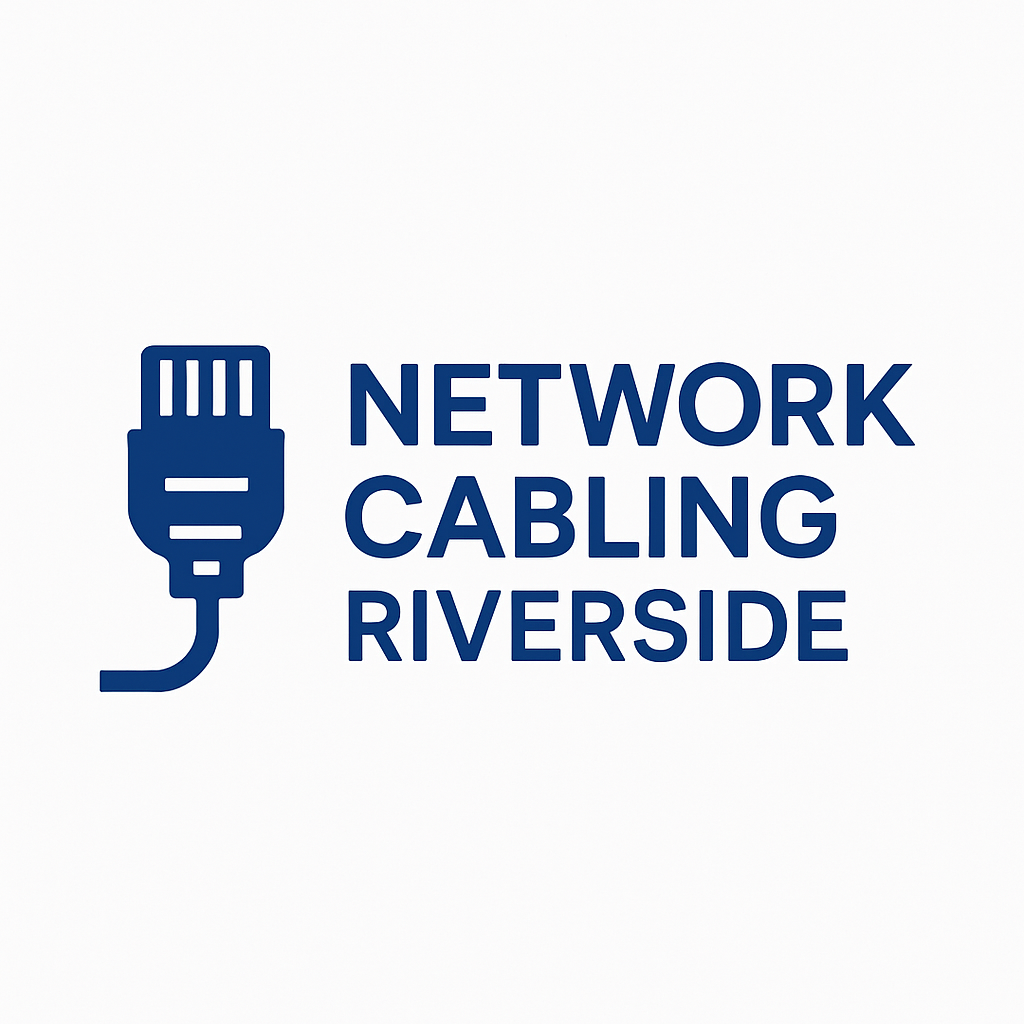Commercial Structured Cabling Design in Riverside, CA | Reliable Network Infrastructure Solutions
A well-designed structured cabling system is the backbone of any modern business. In Riverside, CA, where commercial buildings, offices, and technology-driven industries continue to grow, structured cabling design plays a vital role in ensuring reliable and scalable network infrastructure. This guide provides essential information about commercial structured cabling design, its importance, and best practices tailored for businesses operating in Riverside.
What Is Commercial Structured Cabling Design?
Commercial structured cabling design refers to the planning and organization of cables and hardware that form the communication network of a business. This system supports data, voice, video, and building management systems such as security and HVAC. The goal is to create a unified infrastructure that is easy to manage, maintain, and upgrade.
In Riverside’s competitive business landscape, structured cabling ensures seamless connectivity across offices, warehouses, and other commercial spaces. A professionally designed system helps businesses reduce downtime, improve performance, and prepare for future technology needs.
Key Components of a Structured Cabling System
A complete structured cabling design typically includes several standardized components that work together efficiently:
- Entrance Facilities: The point where external service provider cables connect to the internal network.
- Equipment Room: Houses essential network equipment such as switches, routers, and servers.
- Telecommunications Room: Serves as the distribution point for horizontal cabling that connects to end devices.
- Horizontal Cabling: Runs between the telecommunications room and workstations or devices.
- Work Area Components: Includes patch cords and connectors that link end-user devices to the network.
- Backbone Cabling: Connects different telecommunications rooms and equipment rooms within a building or campus.
Each element must follow established cabling standards to ensure optimal performance and scalability.
Importance of Structured Cabling Design in Riverside Businesses
Riverside’s commercial growth, especially in sectors like logistics, healthcare, and education, depends on efficient communication networks. Here are some reasons why structured cabling design is critical:
- Scalability: Allows businesses to expand their network easily as operations grow.
- Reduced Downtime: Organized cabling minimizes network errors and simplifies troubleshooting.
- Enhanced Performance: Consistent cabling design supports faster data transfer and reduced latency.
- Future-Proof Infrastructure: Supports upgrades to higher bandwidth applications and advanced technologies.
- Cost-Efficiency: A well-planned design lowers long-term maintenance and operational costs.
Design Best Practices for Reliable Network Infrastructure
Creating a reliable structured cabling design involves careful planning and adherence to industry standards. Here are several key practices followed by professionals in Riverside:
- Conduct a Site Assessment: Understand the building layout, cable routes, and potential interference sources.
- Follow Standards: Use industry standards such as ANSI/TIA-568 for structured cabling.
- Use High-Quality Materials: Choose CAT6 or CAT6A cables for improved speed and durability.
- Label Everything: Proper labeling makes future maintenance easier and reduces errors.
- Plan for Future Expansion: Design with extra capacity to accommodate business growth.
- Ensure Cable Management: Use trays, racks, and conduits to maintain neat and organized pathways.
- Test and Certify: After installation, all cables should be tested for compliance and performance.
Why Professional Design Matters
Businesses in Riverside benefit greatly from hiring experienced cabling professionals. Proper structured cabling design ensures compliance with local building codes, safety regulations, and performance standards. Moreover, professional designers can integrate advanced features like fiber optic connections, redundant pathways, and optimized layouts for energy efficiency.
A poorly designed system, on the other hand, can result in signal loss, network downtime, and costly rework. Investing in a professional structured cabling design from the start helps companies achieve long-term reliability and operational success.
Common Challenges in Structured Cabling Design
Even with careful planning, several challenges may arise in commercial environments:
- Interference from Power Lines: Electrical cables can cause signal disruptions if not properly separated.
- Limited Space: Older buildings in Riverside may lack adequate pathways for cabling.
- Environmental Factors: Temperature and humidity can affect cable performance.
- Future Technology Integration: Rapid advancements require adaptable infrastructure.
Overcoming these challenges requires proactive design, quality materials, and expert installation.
Conclusion
Structured cabling design is an essential foundation for business connectivity in Riverside, CA. Whether setting up a new facility or upgrading existing infrastructure, a well-planned design ensures scalability, performance, and reliability. By following best practices and working with experienced professionals, businesses can establish a robust communication network that supports their current needs and future growth.
